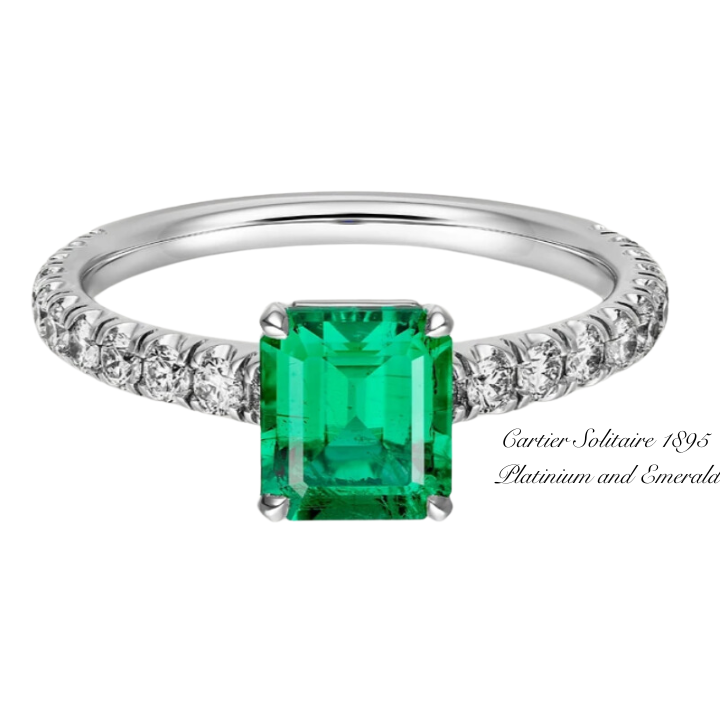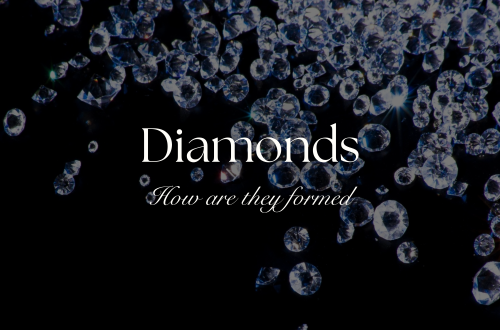Gemstones have captured the imagination of humankind for centuries, serving as symbols of power, love, healing, and mystery. These glittering wonders from the earth possess a language of their own—one that speaks to our emotions, beliefs, and cultural traditions. Whether set in elaborate jewelry, gifted as tokens of affection, or worn as talismans, gemstones communicate profound meanings that transcend time and borders.
In this blog post, we’ll explore the multifaceted language of gemstones, delving into their historical significance, cultural symbolism, and the deeper meanings they convey. Along the way, we’ll examine popular gemstones, their unique “vocabulary,” and how they continue to shape human expression in modern times.
The Historical Roots of Gemstone Symbolism
Ancient Origins
The language of gemstones dates back to antiquity when early civilizations attributed divine and mystical properties to these natural wonders. Gemstones were thought to harness the powers of the gods, connect wearers to spiritual realms, and offer protection against misfortune.
In Ancient Egypt, gemstones like lapis lazuli and turquoise were prized not only for their vibrant colors but also for their perceived ability to ward off evil and guide the soul in the afterlife. Similarly, the Ancient Greeks and Romans used gemstones as amulets, believing they held protective and healing energies. Amethyst, for instance, was thought to prevent intoxication, while garnet symbolized fidelity and friendship.
Medieval and Renaissance Europe
During the Middle Ages and the Renaissance, gemstones took on religious and medicinal significance. They were often incorporated into church ornaments and royal regalia, symbolizing divine authority and spiritual enlightenment. During this period, the practice of assigning meanings to gemstones flourished, giving rise to gemology’s modern roots.
The Language of Individual Gemstones
Diamond: Strength and Eternity
The diamond, with its unparalleled brilliance and hardness, has long been associated with strength, purity, and eternal love. In Ancient India, diamonds were believed to provide protection from evil, while in Renaissance Europe, they symbolized unbreakable bonds. Today, diamonds are synonymous with romance and commitment, making them the quintessential choice for engagement rings.
- Symbolism: Eternal love, invincibility, purity.
- Famous Associations: Elizabeth Taylor’s dazzling Krupp Diamond and the Hope Diamond, a gem of mystery and intrigue.

Ruby: Passion and Vitality
Known as the “King of Gems,” the ruby has been a symbol of passion, courage, and vitality for centuries. Its fiery red hue was often associated with the life force and blood, making it a powerful emblem of love and desire. In Ancient India, rubies were thought to grant peace among enemies.
- Symbolism: Passion, power, courage.
- Famous Associations: The Burmese Ruby Tiara, crafted for Queen Elizabeth II, is a testament to this gem’s regal allure.

Sapphire: Wisdom and Loyalty
Sapphires, with their deep blue hues, evoke feelings of serenity, wisdom, and loyalty. This gemstone has been treasured by royalty for centuries and was believed to protect wearers from envy and harm. The connection to spirituality is strong, with many religious relics adorned with sapphires to symbolize divine favor.
- Symbolism: Loyalty, wisdom, protection.
- Famous Associations: Princess Diana’s iconic sapphire engagement ring, now worn by Kate Middleton.

Emerald: Renewal and Love
Emeralds, with their lush green tones, symbolize renewal, growth, and unconditional love. The Ancient Egyptians associated emeralds with fertility and rebirth, while the Incas and Aztecs prized them as sacred stones. Throughout history, emeralds have been a favorite of royalty, including Cleopatra, who famously adorned herself with these verdant gems.
- Symbolism: Love, growth, rebirth.
- Famous Associations: The Mogul Emerald, a 217-carat masterpiece inscribed with Islamic prayers.

Amethyst: Peace and Clarity
Amethyst, a striking purple gemstone, is associated with peace, clarity, and spiritual enlightenment. The Ancient Greeks believed it prevented drunkenness, and medieval bishops wore amethyst rings to symbolize piety and humility.
- Symbolism: Peace, clarity, spirituality.
- Famous Associations: The Delhi Purple Sapphire (actually an amethyst), surrounded by tales of misfortune and mystery.
Pearl: Purity and Wisdom
Unlike other gemstones, pearls are organic in origin, formed within mollusks. Their natural beauty and simplicity have made them symbols of purity, wisdom, and feminine energy. In Ancient China, pearls were thought to protect against fire and dragons, while in Renaissance Europe, they represented innocence.
- Symbolism: Purity, wisdom, feminine energy.
- Famous Associations: The La Peregrina Pearl, once owned by Elizabeth Taylor, is a historical gem with a fascinating past.

Opal: Creativity and Mystery
Opals, known for their play-of-color, symbolize creativity, imagination, and mystery. These stones were revered by the Romans, who believed opals contained the essence of all gemstones due to their unique spectrum of colors. In later centuries, superstitions linked opals to bad luck, but they remain a favorite among gem enthusiasts.
- Symbolism: Creativity, mystery, hope.
- Famous Associations: The Andamooka Opal, gifted to Queen Elizabeth II, is an extraordinary example of opal’s mesmerizing beauty.

Turquoise: Protection and Serenity
Turquoise, with its soothing blue-green hues, has been cherished for millennia as a stone of protection and serenity. In Ancient Persia, turquoise was set in jewelry to ward off misfortune, while Native Americans used it in rituals and ceremonial objects.
- Symbolism: Protection, serenity, healing.
- Famous Associations: The tombs of Ancient Egyptian pharaohs contained turquoise artifacts, showcasing its revered status.
Gemstones and Their Cultural Significance
Eastern Traditions
In Eastern cultures, gemstones have long been tied to astrological practices and healing systems. In India, gemstones are integral to Vedic astrology, where specific stones are worn to balance planetary influences. For instance, yellow sapphire is associated with Jupiter and is believed to bring prosperity and wisdom.
Western Traditions
The Western tradition of birthstones, rooted in biblical references to the 12 stones of Aaron’s breastplate, assigns a gemstone to each month of the year. Over time, this practice evolved, with gemstones taking on personal and cultural significance as markers of identity and fortune.
Gemstones in Modern Expression
Symbolic Jewelry
Gemstone jewelry remains one of the most popular ways to express personal style and meaning. Birthstone rings, anniversary gifts, and custom-designed pieces often carry sentimental value, becoming heirlooms passed down through generations.
Fashion and Pop Culture
From red carpet events to everyday wear, gemstones play a prominent role in fashion. Iconic jewelry moments, such as Lady Gaga’s Tiffany yellow diamond necklace at the Oscars, showcase how gemstones continue to captivate public imagination.
Mindful Living
In recent years, the resurgence of interest in mindfulness and wellness has brought gemstones into the spotlight for their metaphysical properties. Crystals like rose quartz (love), citrine (prosperity), and black tourmaline (protection) are widely used in meditation and energy healing practices.
A Language Beyond Words
The language of gemstones is one of beauty, mystery, and timeless significance. Each gem, whether a sparkling diamond or a luminous pearl, carries its own story, connecting us to the earth, history, and each other. In their multifaceted splendor, gemstones offer a universal language—one that speaks of love, hope, strength, and the enduring power of nature’s artistry.
As we continue to celebrate gemstones in modern life, their allure reminds us that the earth’s treasures are more than just adornments; they are timeless storytellers, reflecting the depths of human emotion and imagination.






I am really inspired together with your writing talents and also with the format on your blog. Is this a paid topic or did you customize it yourself? Either way stay up the nice quality writing, it is rare to see a nice weblog like this one nowadays!